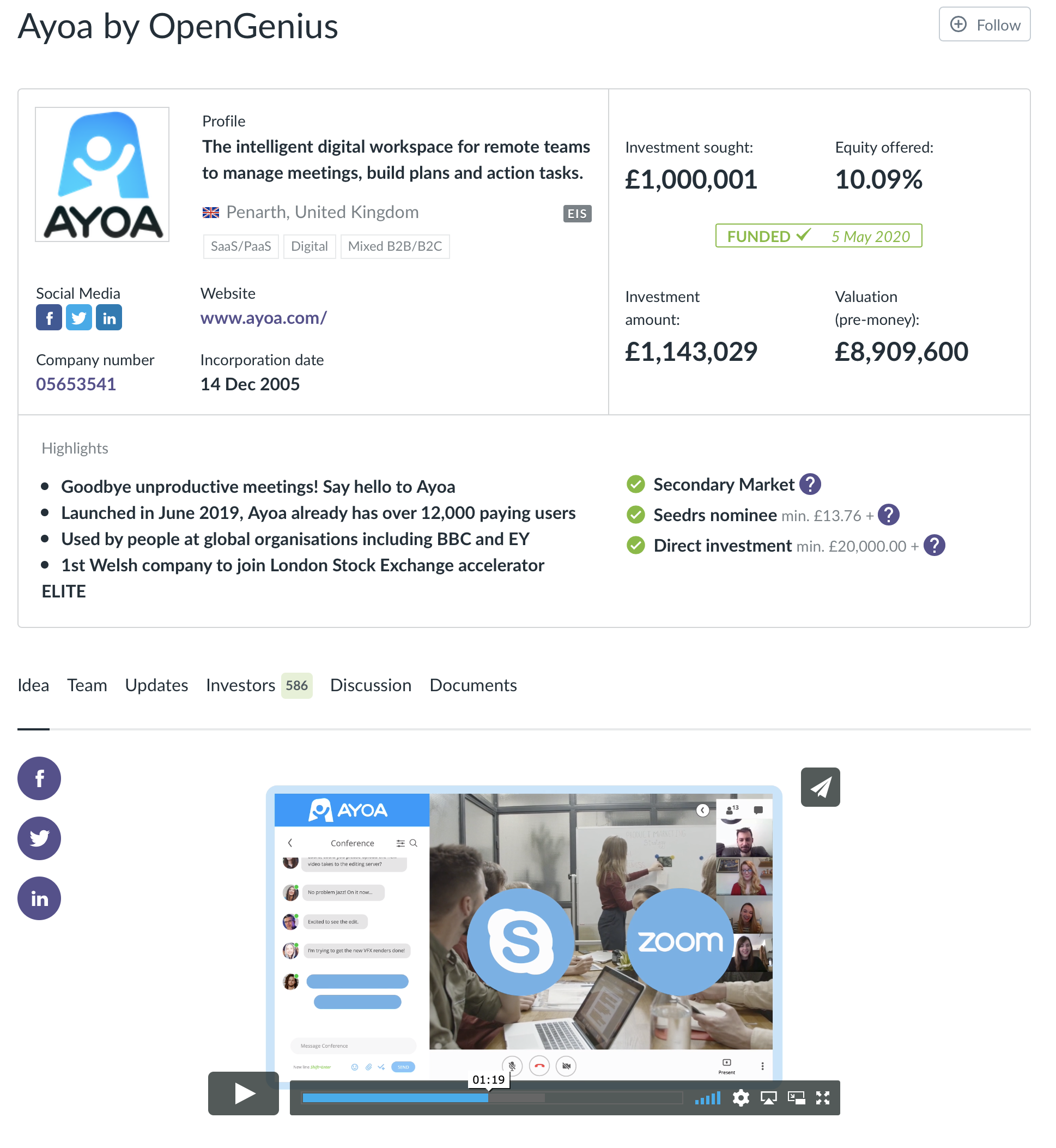After a week or so my website is now fully developed! I suppose the first post on this blog is a good opportunity to give some insight into me and where I'm going.
After working at a video production company in Cambridgeshire for over a year I decided I was in a good position to explore freelancing. Having done it a few times in the past I was excited to see what I could do for clients after gaining valuable experience working alongside other designers and a talented production team.
I've always been interested in animation from a young age, but it's taken me a while to define exactly what genre of animation I wanted to move into. Like many teens who grew up with the internet in the late 90's and 2000's I was exposed to a lot of emerging media formats, particularly 'flash' animation. Macormedia Flash was an animation program almost single-handedly created a new generations of designers and animators and gave them an easy format to share their creations online. Many of these creations were gaming-orientated which exposed me to this breed of media from a young age. I experimented with it, which eventually led me to conventional video creation at the same time amateur visual effects (VFX) designers began posting their experiments online. I followed this path which introduced me to Adobe After Effects, the crème de la crème software package for motion graphics which could also be used to generate the compelling VFX which drew me to it in the first place.
In sixth-form I used After Effects to create a VFX heavy music video for my final project. This proved to be my ticket to study Visual Effects and Motion Graphics at the University of South Wales. This is where I was fully immersed into the world of Motion Graphics and discovered my passion for visual-communication focused animation. At the same time I was learning all about the world of VFX, which has provided me which a broad skillet that allows me to not only create animation from scratch but also manipulate video with the same techniques used in Hollywood movies.
Now I am freelancing full-time with these skills and I'm eager to start solving design problems and engaging audiences with great animation. Let's see where this road takes us!








